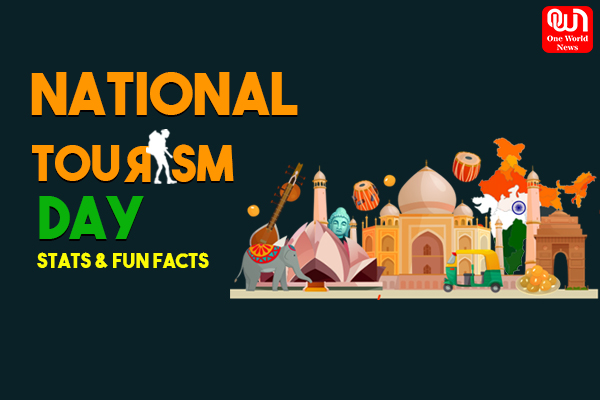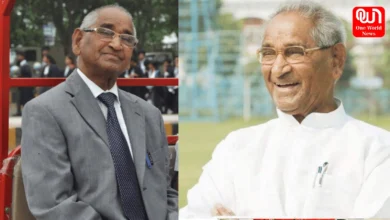
12 per cent of the mortality rate for male and females in Bihar is due to air pollution. Read the key findings of Fedo.
On the backdrop of World Health Day 2021 theme of Building a fairer, healthier world, Fedo, a predictive health risk analysis company today released findings on the rate of mortality due to various non-communicable diseases (NCD). The burden of NCD continues to increase in India with the main reasons for the rise are unhealthy diet, use of tobacco, air pollution, unhealthy lifestyle, and alcohol.

Non-communicable diseases (NCDs) such as cardiovascular diseases, cancer, diabetes, and chronic respiratory diseases contribute to around 41 million (71%) of all deaths globally and around 5.87 million (60%) of all deaths in India. Globally, every two seconds someone aged 30 to 70 years dies prematurely from NCDs. The Sustainable Development Goal (SDG) target 3.4 is to reduce 1/3rd premature mortality from non-communicable diseases (NCD) and promote mental health and well-being.
According to WHO, in the South East Asia region, 40% of the deaths occur from indoor air pollution and 25% are attributed to outdoor air pollution. In 2016, to bring a change in the fight against air pollution, the government of India took positive steps and launched the Pradhan Mantri Ujjwala Yojana (PMUY) to provide 8 crore deposit free LPG connections to poor households in the country. PMUY was aimed at providing Free LPG connections to Women from BPL Households.
Commenting on the rise of NCDs, Prasanth Madavana, CEO and Founder of Fedo, said, “Household air pollution is a major health hazard in the South East Asian region, especially India, due to the burning of solid biomass fuel and second-hand smoke. Globally, 4 million deaths are caused by exposure to household pollution, and 3.7 million deaths are attributed to outdoor air pollution. By reiterating the theme of this world health day of building a fairer and healthier world, we should come together to address the global health crisis due to which each year, 15 million people lose their lives to NCDs. The aim going forward is to educate oneself on the hazardous effects of air pollution and positive initiatives that economies across the world should incorporate for a better future.”
Read more: Cryptocurrency ban in India: A trillion-dollar loss

Fedo’s key data insights –
- NCDs are majorly noticed in states such as Assam, Andhra Pradesh, Arunachal Pradesh, Bihar, Chhattisgarh, Delhi, Goa, Gujarat, Haryana, and Nagaland. Life expectancy in these states for females is between 66 – 79 years and for males is between 63 – 73 years
- 12 per cent of the mortality rate for male and females in Bihar is due to air pollution
- Malnutrition is the leading cause of death for more than 20 per cent of females in Assam
- 9 per cent of females in Bihar die due to unsafe water, sanitation, and handwashing
- More than 12 per cent of males and 10 per cent of females death in Andhra Pradesh is caused by dietary risks
- Mortality in males due to high blood pressure is the highest in Goa at 5 per cent
A brief about Fedo
Fedo is a predictive health risk analysis company leveraging deep tech and medical research to automate underwriting through facial analysis in the health and life insurance sector. It was founded in 2017 by CEO & Co-Founder Prasanth Madavana and CTO and Co-Founder Arun Mallavarapu.
Fedo’s proprietary tool, the Fedo score, has been developed by medical professionals and data scientists using 250 plus medical studies, 2000 plus quality controlled academic and research documents from all over the world and analysing over 50 million global health records and 1.5 million claims.
Have a news story, an interesting write-up or simply a suggestion? Write to us at info@oneworldnews.com








